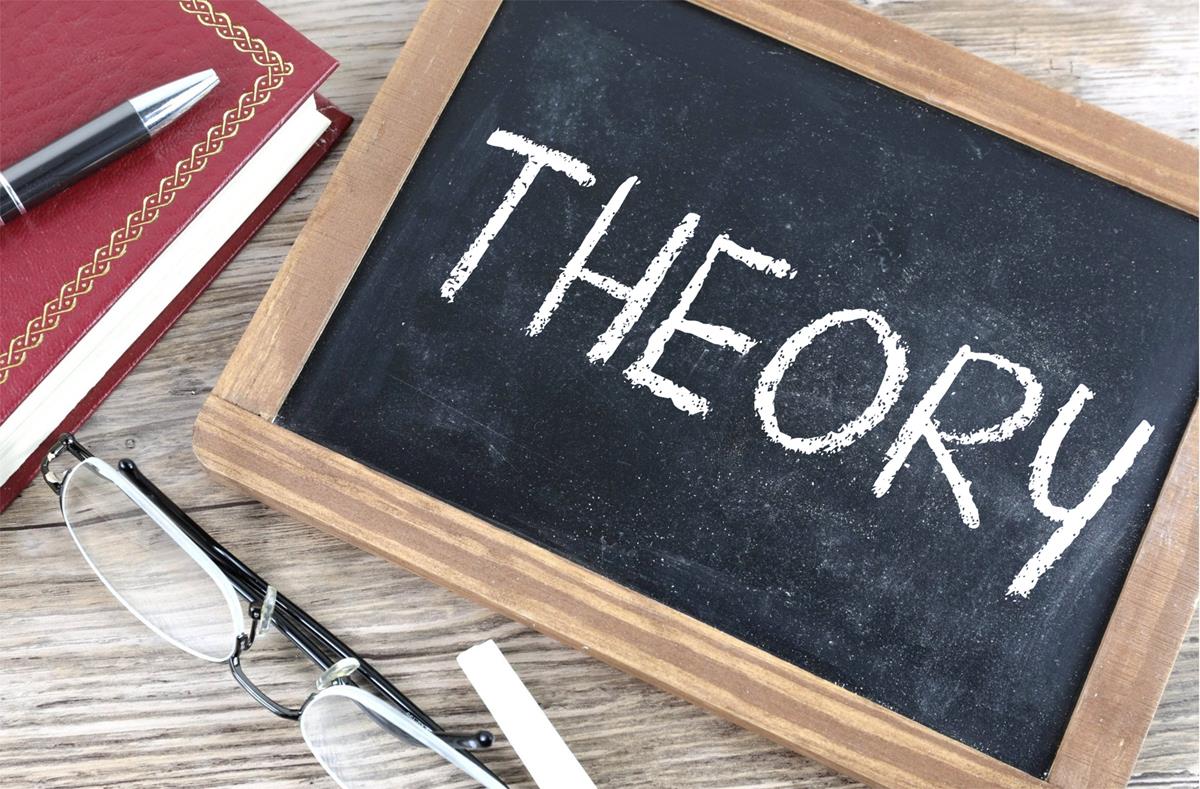Reading - Game Fun
 |
| Picpedia.Org |
This week's first reading is titled "Gamification." What does having a good time have to do with it? focuses on gamification, yet the subjects they cover are also relevant to game creation. Fun is better described as "pleasurable engagement" in the context of games and gamification, as opposed to "passive" aesthetic enjoyment and entertainment.
In this article I read Gamification design: what's fun got to do with it? Marc LeBlanc's outlines 8 kinds of fun:
- Sensation - Game as sense pleasure
- Fantasy - Game as make believe
- Narrative - Game as drama
- Challenge - Game as obstacle course
- Fellowship - Game as social framework
- Discovery - Game as uncharted territory
- Expression - Game as self-discovery
- Submission - Game as pastime
I found LeBlanc's outlines of fun really helpful and easy to understand compared to the others in the article.
In the video A theory of fun for game design the attractiveness of a game, according to Raph Koster, originates from its capacity to provide us with a rich learning environment, one that attracts our attention, challenges us, and reveals endless depth.
I've discovered that when our brains are presented with a new circumstance, the dopamine in our brains fires, allowing us to learn from what the games teach us, whilst chess teaches us strategy and foresight civilisation teaches us systemic analysis and resource management.
As a game developer and designer, you must research, comprehend, and use all ideas of enjoyment in order to use them as a guide when designing your game.
bibliography


Comments
Post a Comment